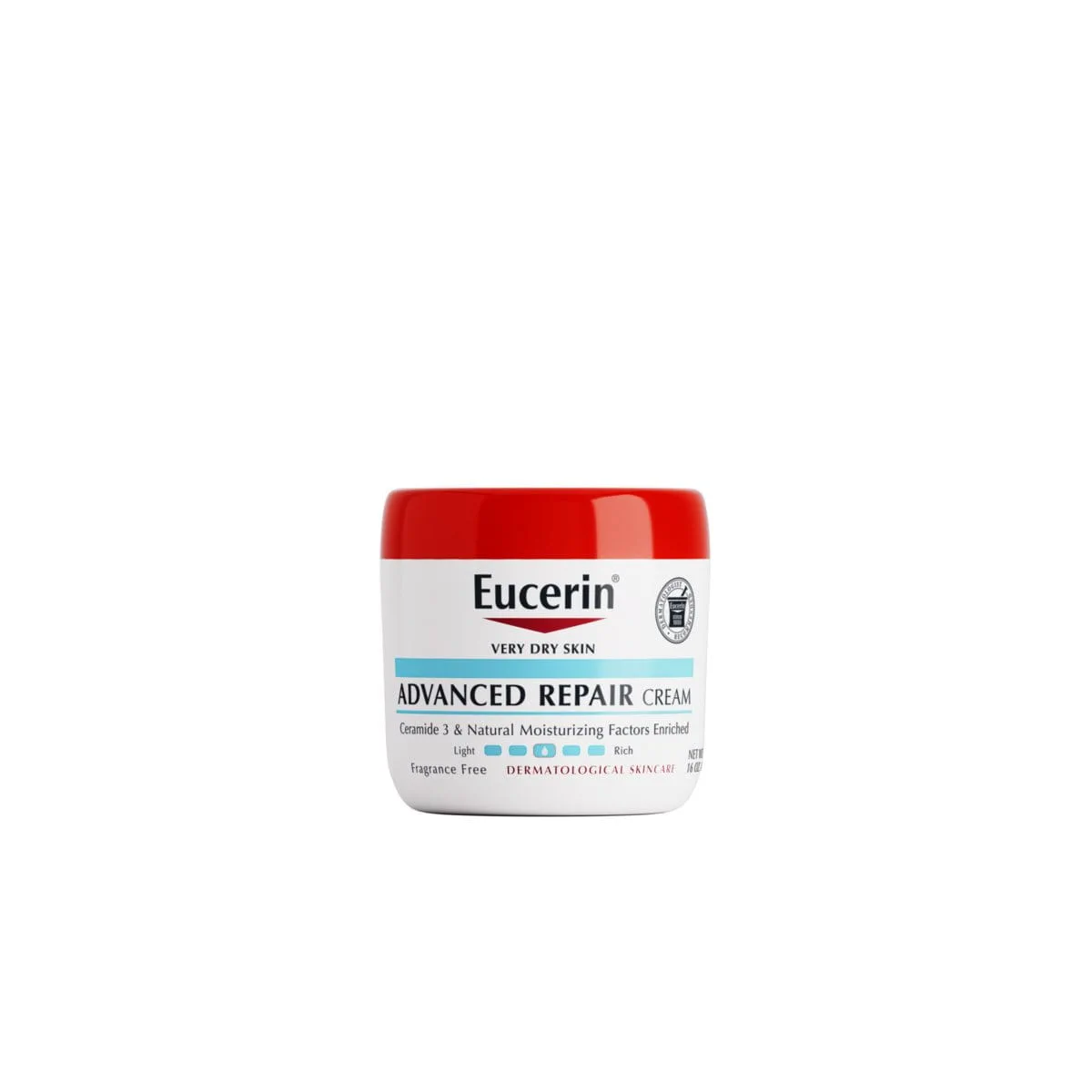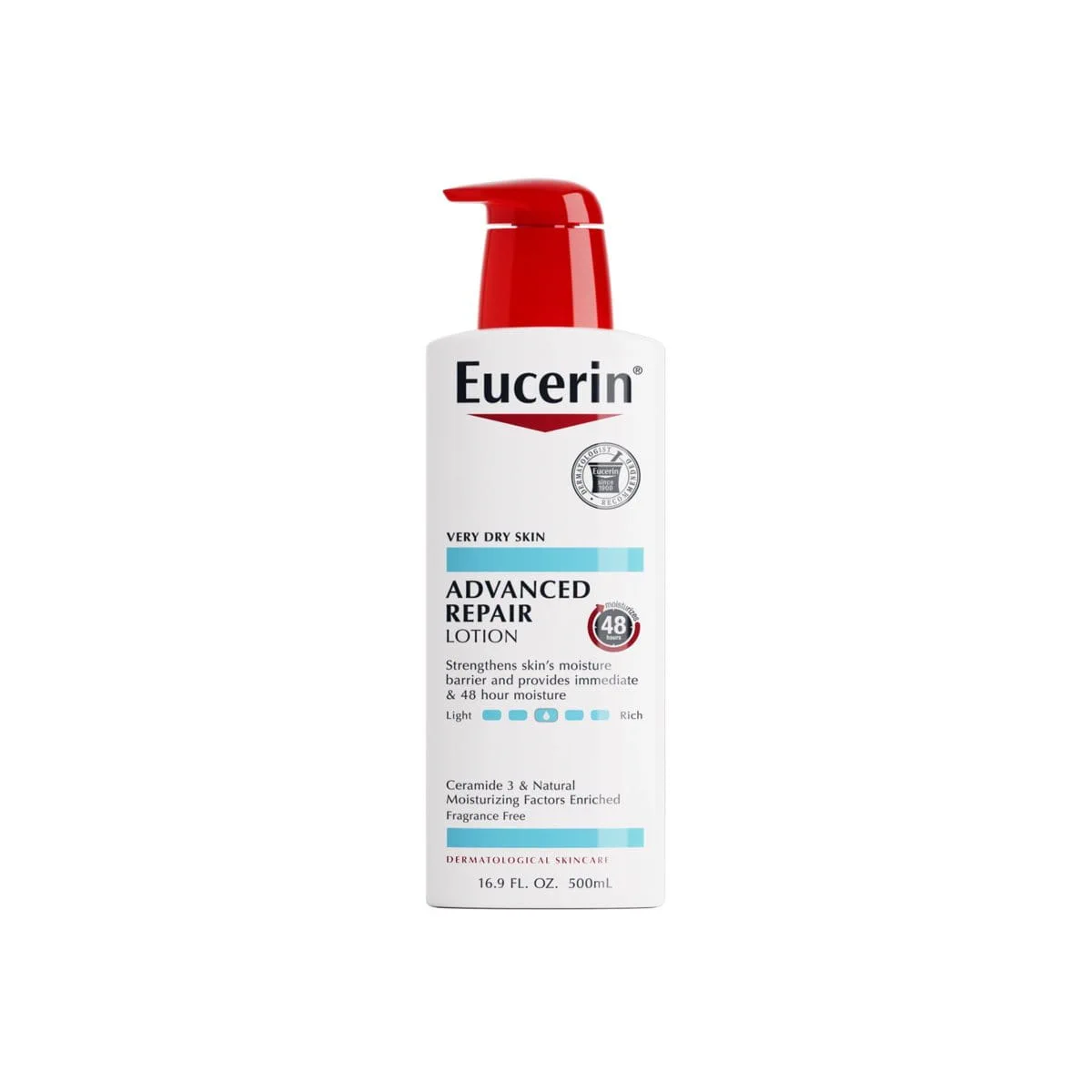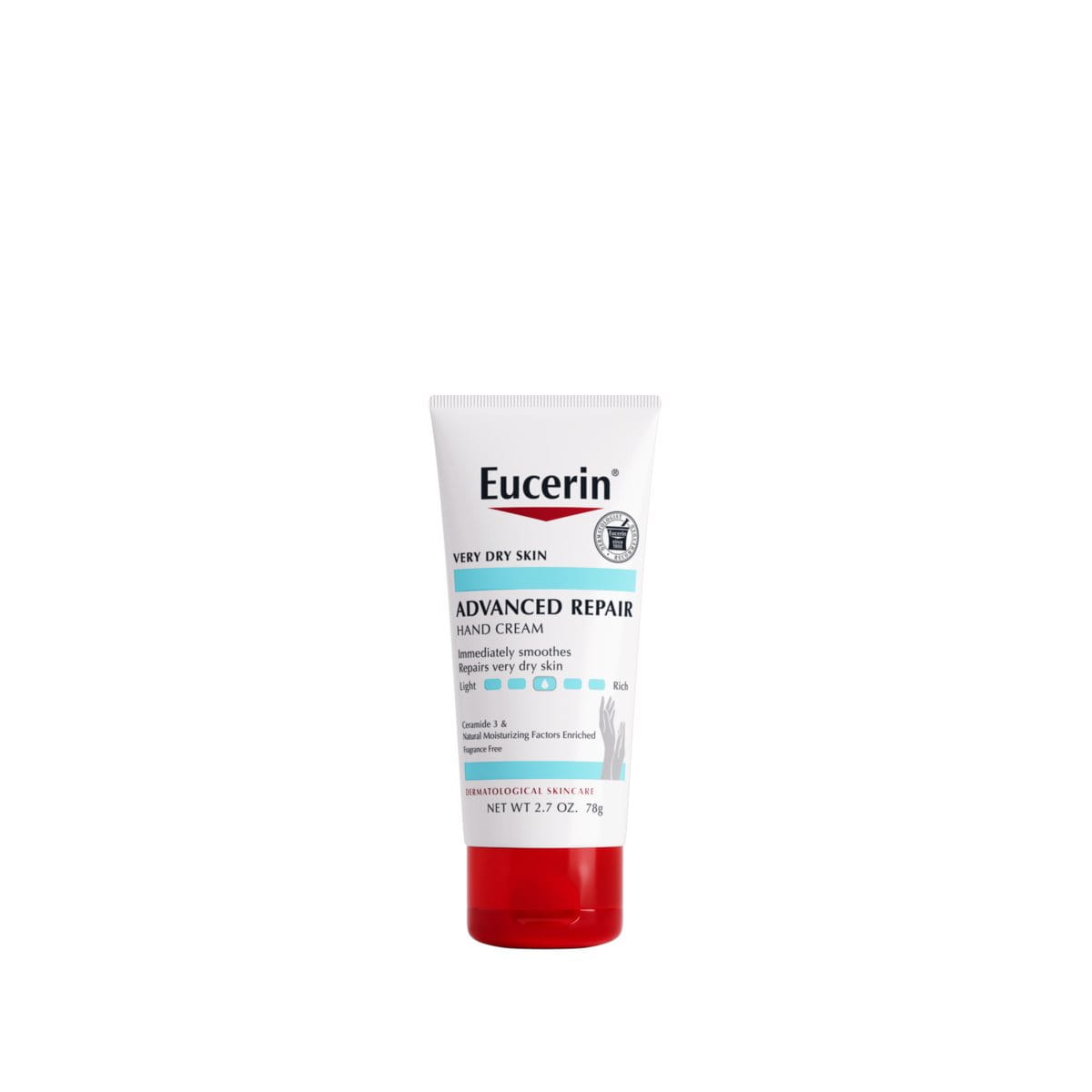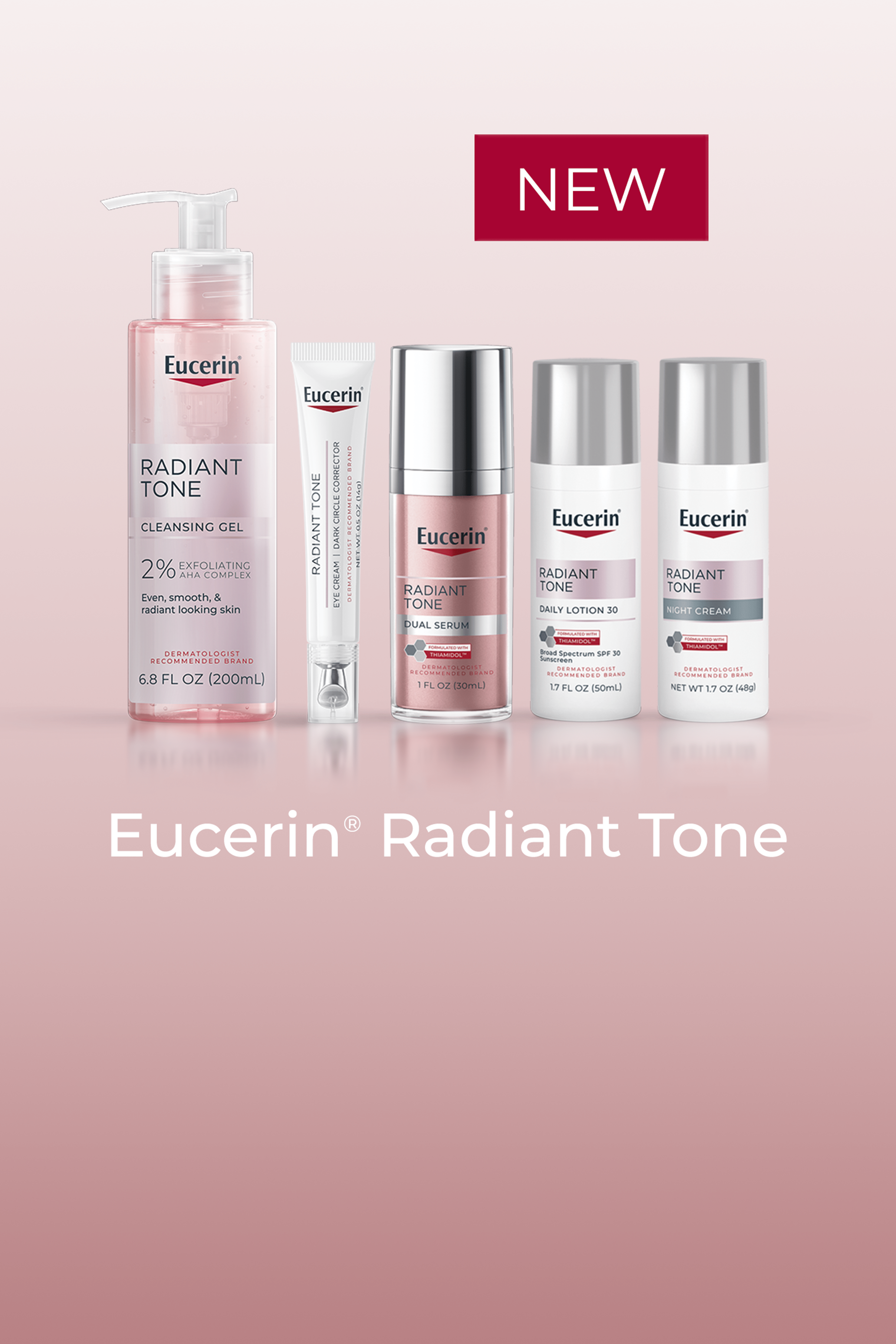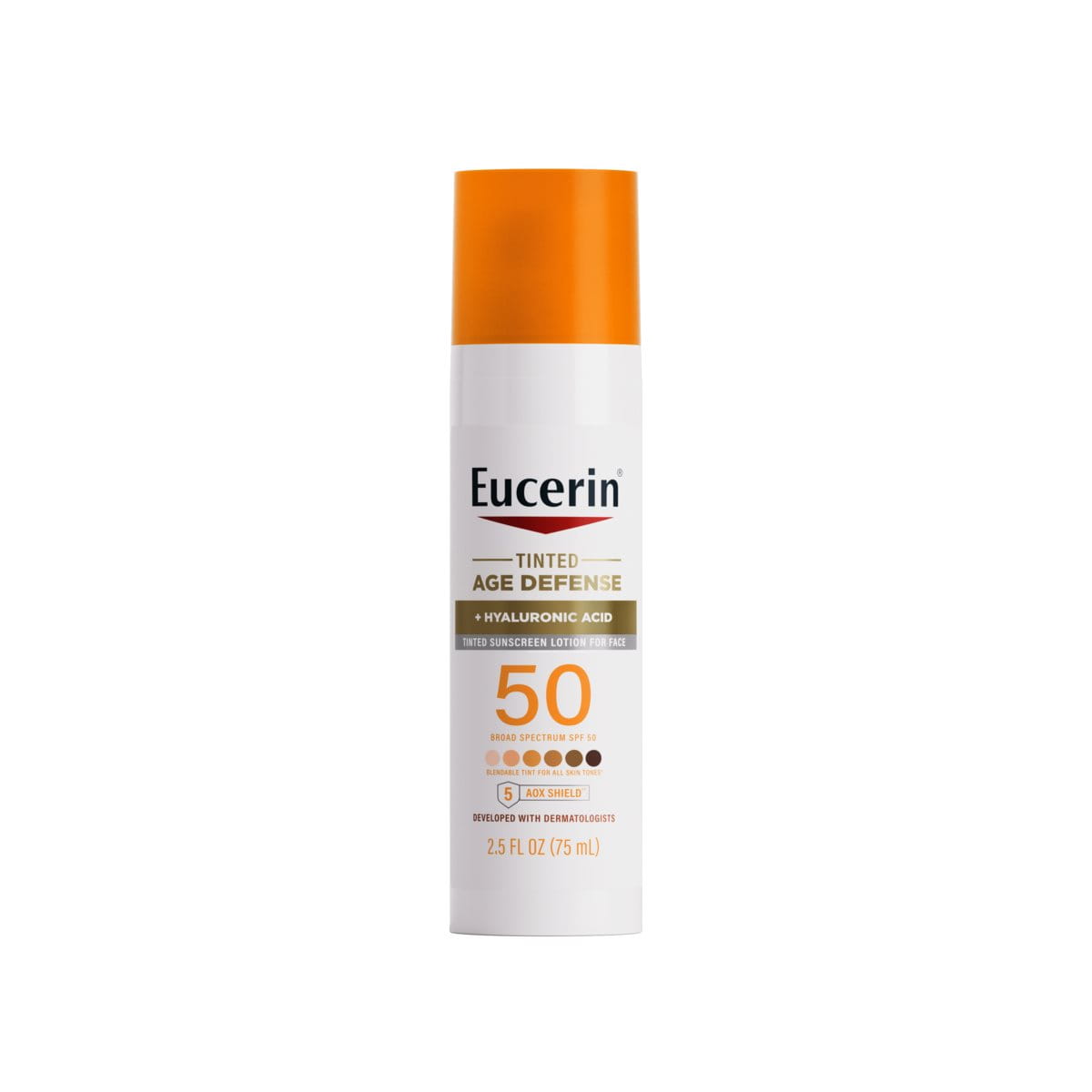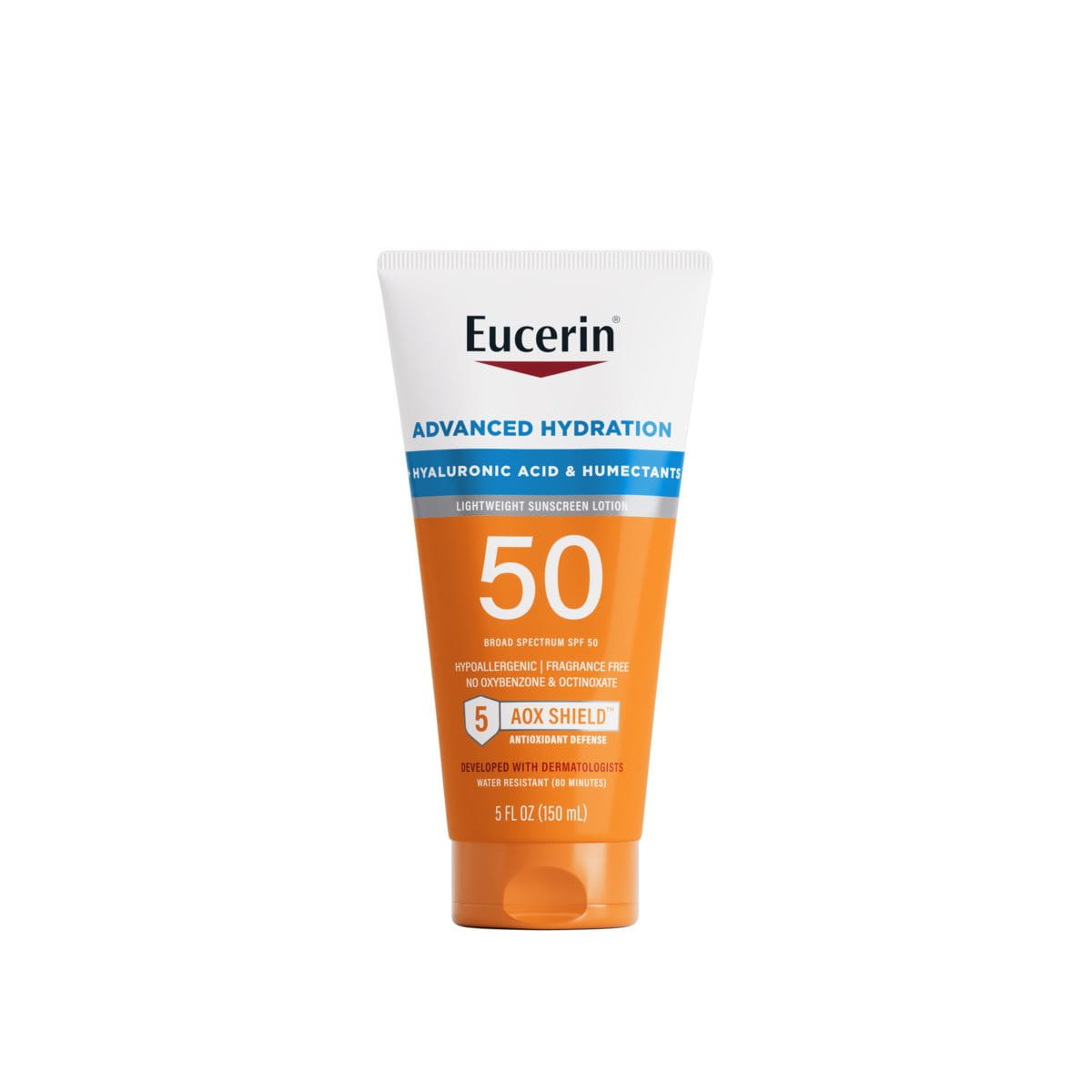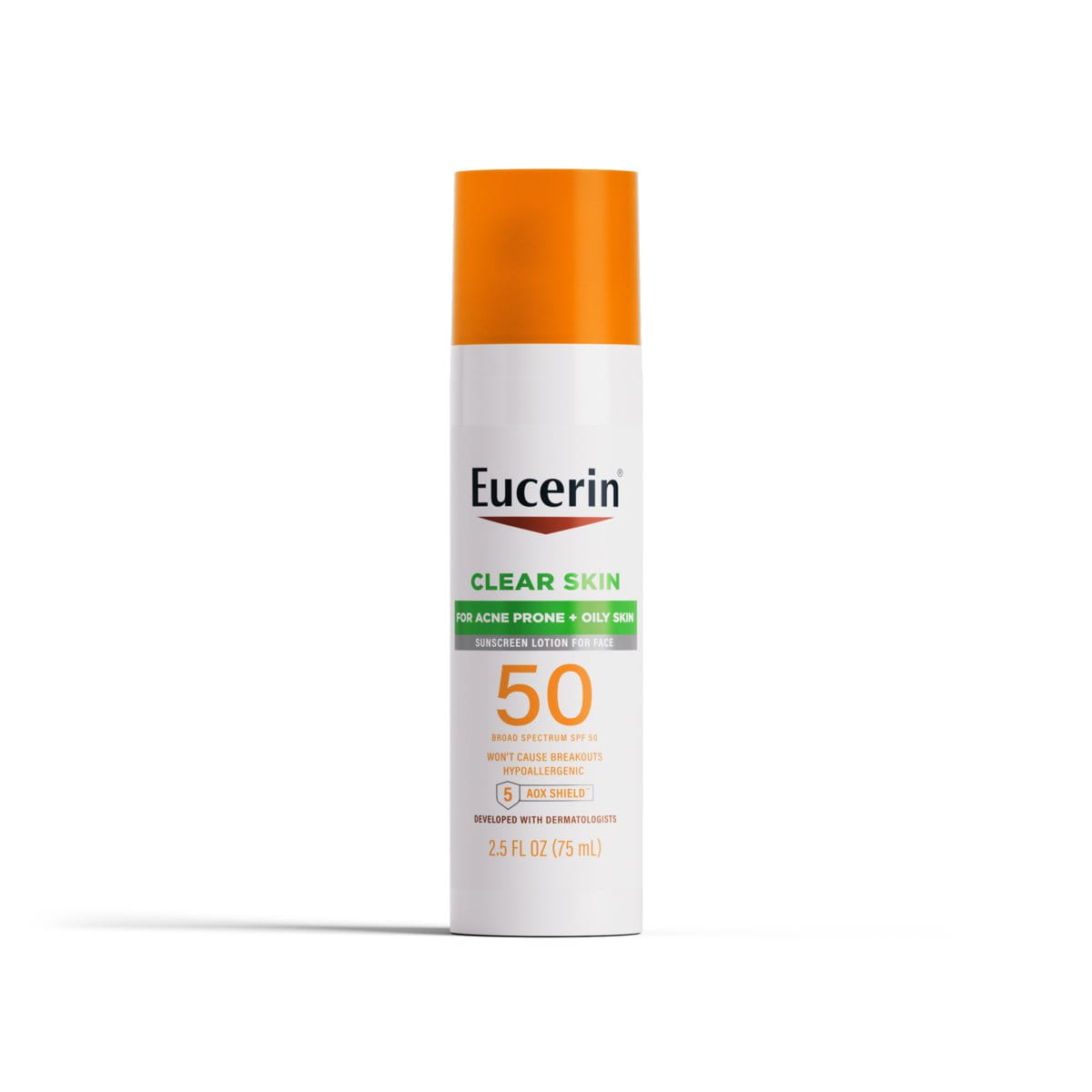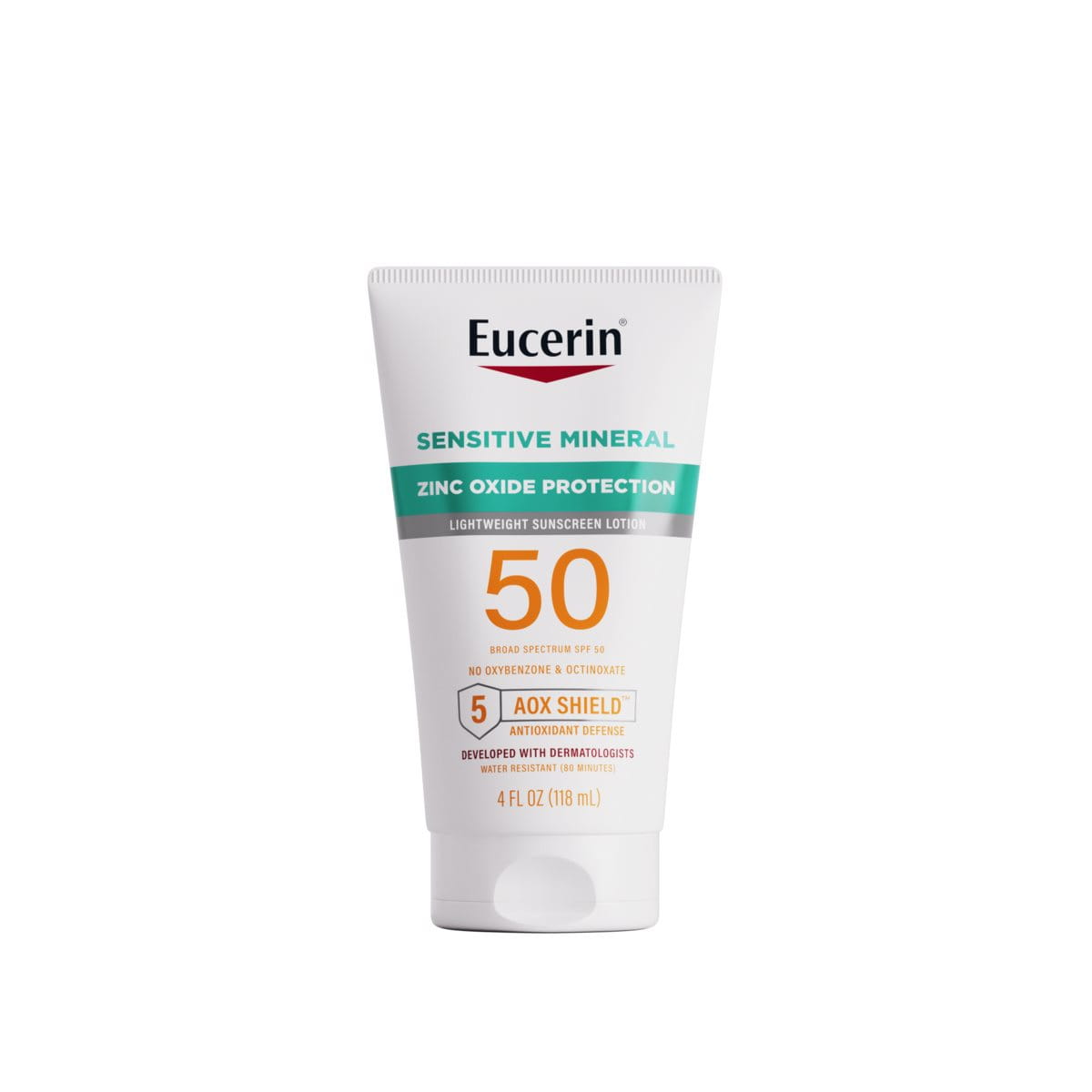Two types of invisible UV (ultraviolet) rays are emitted by the sun and can lead to skin damage: UVA rays and UVB rays. It’s important to protect against UVA and UVB rays year-round.
UVA rays, like an X-ray, are able to pass through clouds, clothing, windshields and even office windows. These rays also penetrate the top epidermis layers of skin and reach through to the dermis. The dermis is a thick, supportive network of collagen and connective tissue that holds moisture and acts like a scaffold to help maintain firm, flexible skin. Prolonged exposure to UVA rays damages the dermis, causing the breakdown of collagen and loss of water, which makes skin lose its elasticity and tone. The result is sagging, wrinkles and an aged appearance to the skin.
UVB rays are the main cause of sunburn and skin cancer. They are stronger in the summer months and penetrate the topmost (epidermis) skin layers. The SPF (sun protection factor) rating on sunscreen lotions and creams indicates the amount of protection against UVB rays only. When choosing a sunscreen, look for one that offers broad-spectrum protection, which screens out both UVA and UVB rays. If you have oily skin, learn more about the most suitable sunscreen for your skin type here.
Too much sun has a weathering affect on skin and leads to an aged appearance. And the cumulative effects of sun exposure can increase the risk of skin cancer. Skin cancer is the most common form of cancer in the United States. It’s believed that more than 90% of skin cancer cases are caused by overexposure to the sun. The risk of skin cancer doubles if you’ve had five or more sunburns.
Care & Treatment
There are some simple ways to practice skin safety, maintain skin’s health and protect skin from the sun’s damaging UV rays. First, since sun damage can occur year-round, not just when you’re at the beach or sitting by the pool, you should always protect sun-exposed skin. Apply broad-spectrum sunscreen thirty minutes before you head outdoors, and if you plan to be outside for prolonged periods, reapply sunscreen every two hours.
Wearing hats, long-sleeved shirts and long pants is one of the safest ways to help protect your skin from overexposure to the sun (dark clothing does tend to block more UV rays than lighter-colored clothing). And to be sun-sensible and protect yourself from the damaging effects of UV rays, avoid prolonged, unprotected exposure to sunlight between 10 a.m. and 4 p.m.
The information provided herein is not intended to be medical advice. Nor is it intended to treat the underlying skin disease or condition. The information is provided solely to:
1. Moisturize, soften and smooth dry skin
2. Improve the appearance of the skin
3. Achieve healthier-looking skin
Our brand values

We deliver a holistic approach to help keep your skin healthy-looking and radiant.

For over 100 years, we have dedicated ourselves to researching and innovating in the field of skin science. We believe in creating active ingredients and soothing formulas with high tolerability that work to help you live your life better each day.

We work together with leading dermatologist and pharmacist partners around the world to create innovative and effective skincare products they can trust and recommend.
